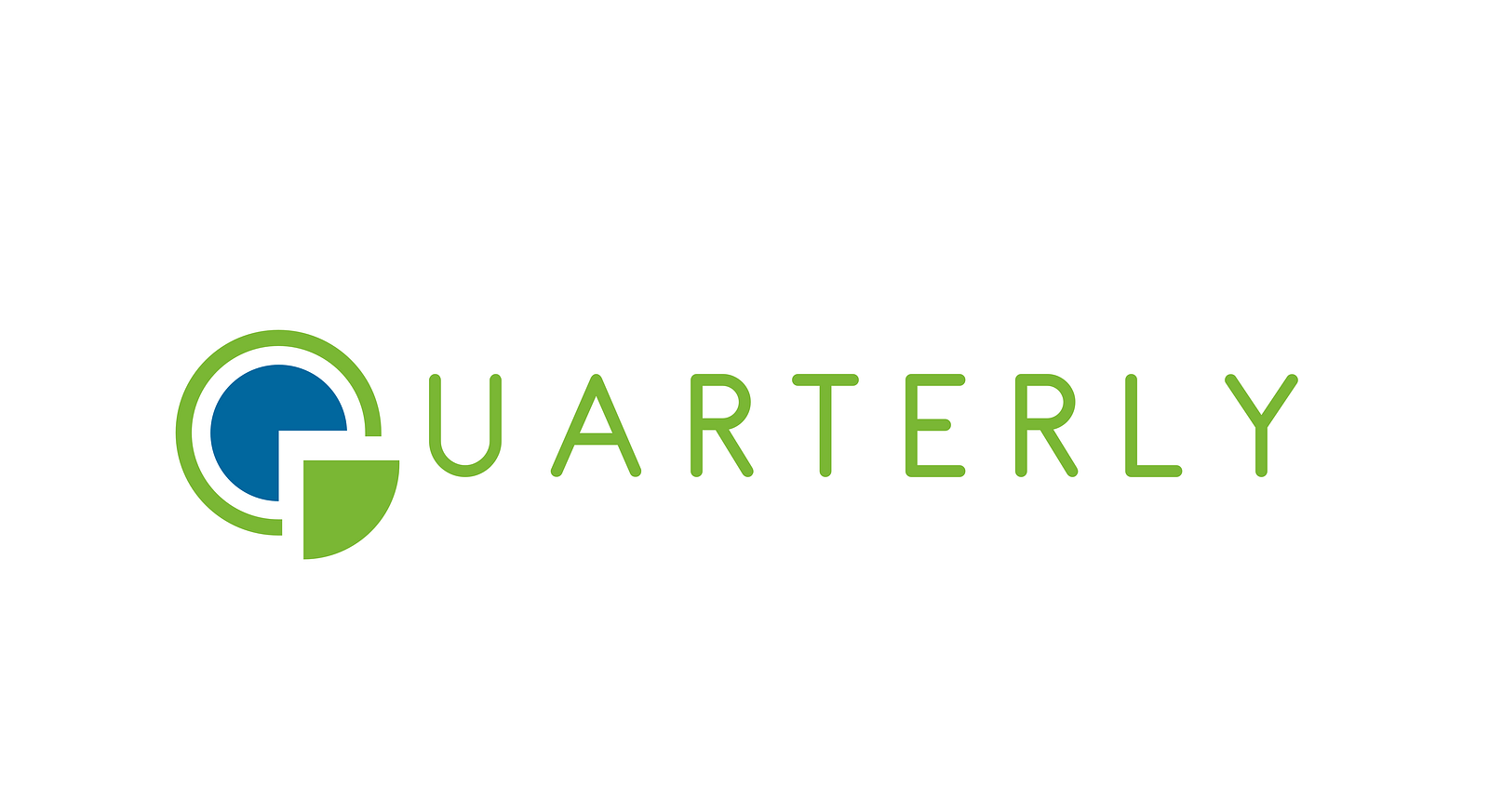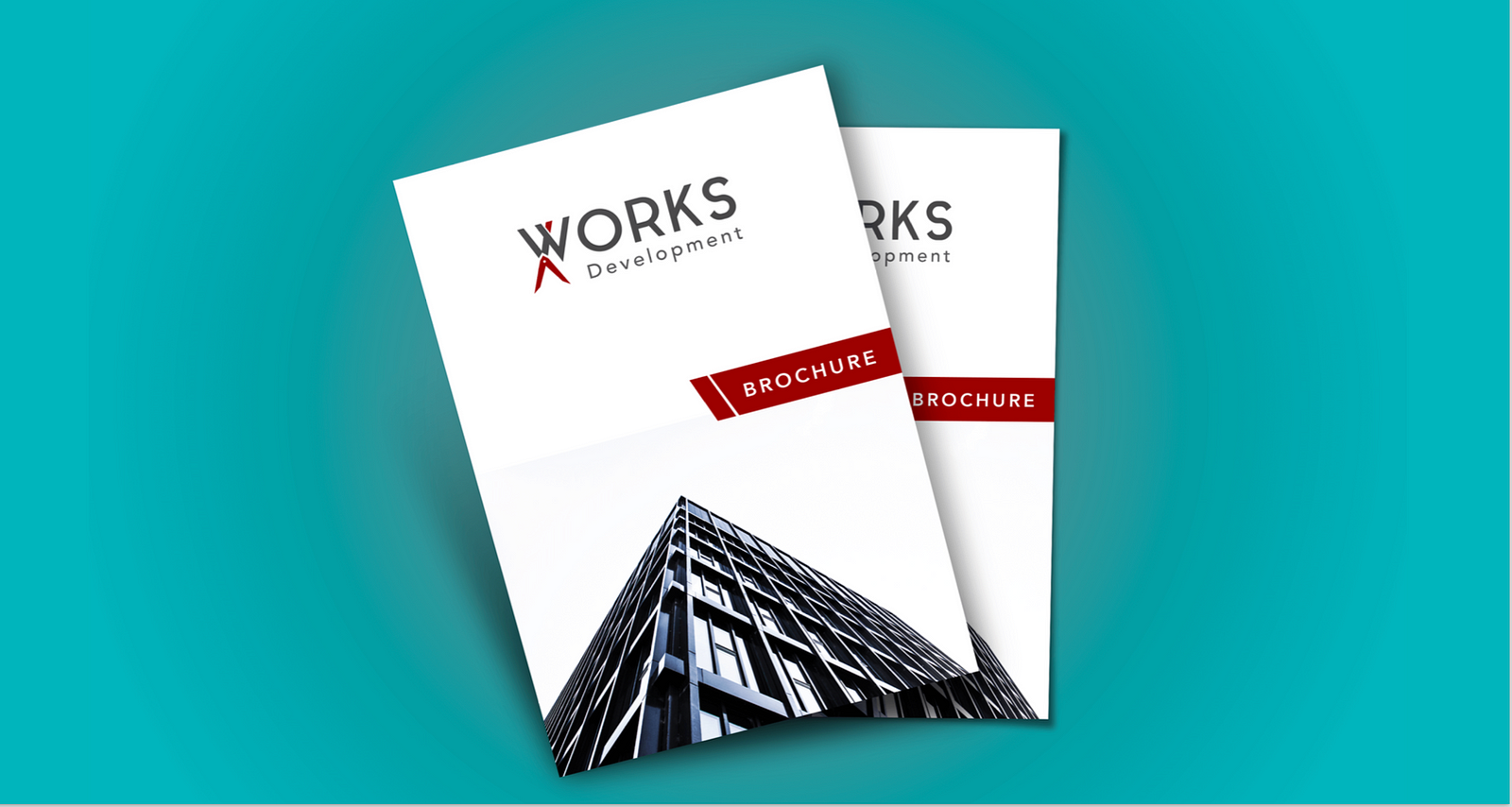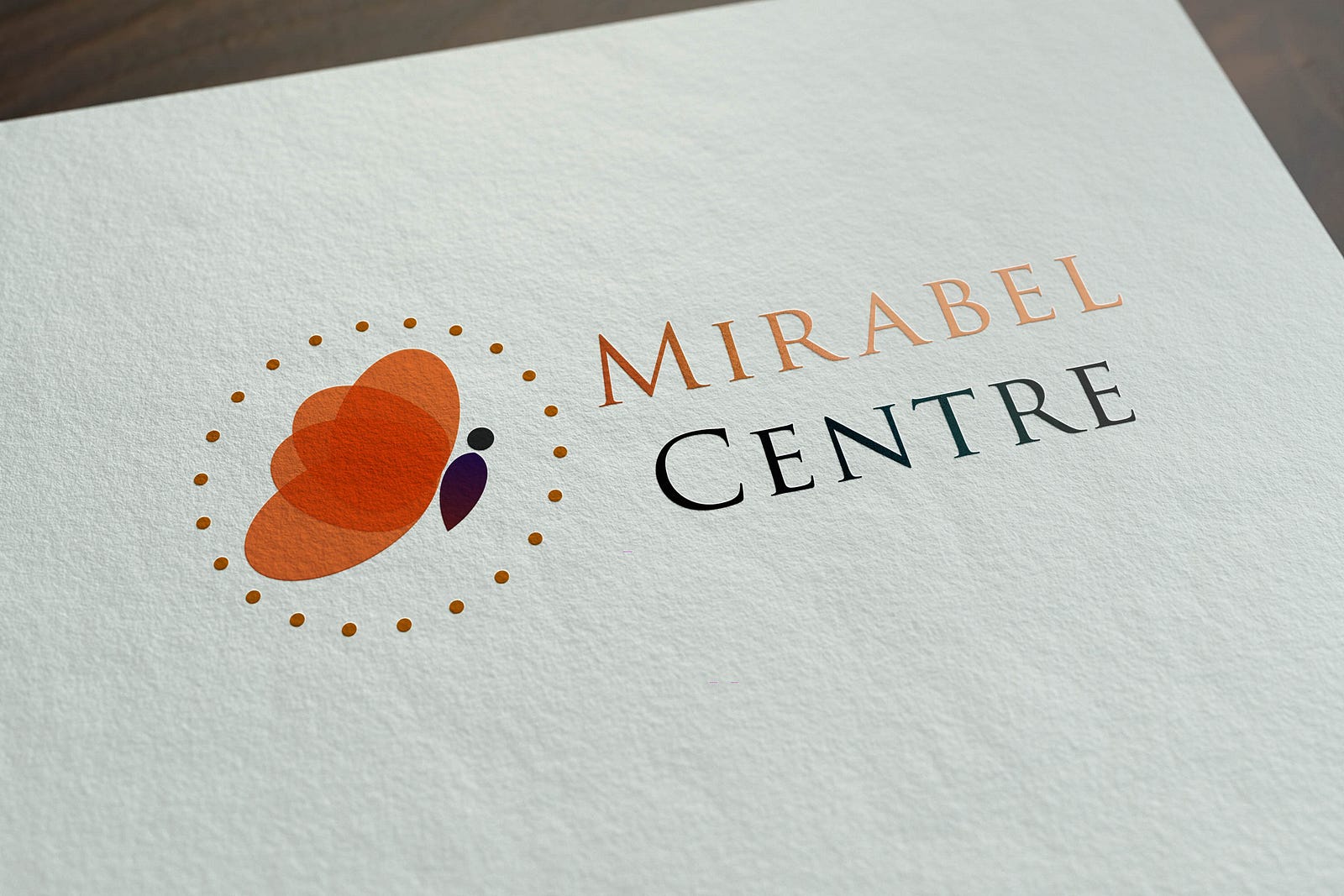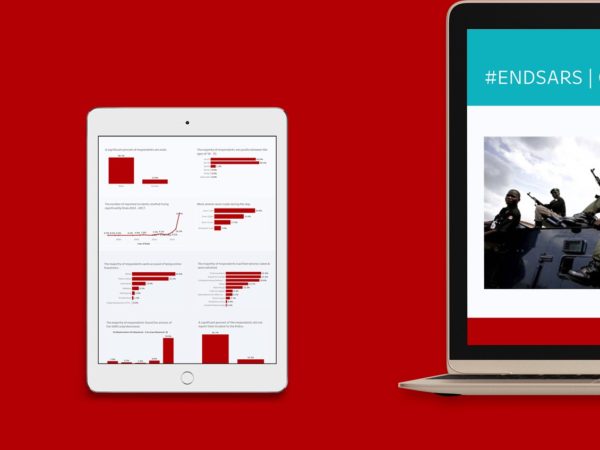Any intelligent fool can make things bigger and more complex. It takes a touch of genius — and a lot of courage — to move in the opposite direction. — E.F Schumacher
At Akanka, we begin our design process by asking clients specific questions about their ideas for a logo. A telltale sign that a project might take too long or not reach conclusion is when the client responds,“Feel free to design what’s on your mind. I don’t want to limit your creativity.”
We see this as a red flag for two reasons. First, the lack of constraint is a sign that the client hasn’t put much thought into what they want — and most miraculously discover what they want only after we’re done designing. More importantly and ironically, it limits our creativity. Many believe creativity is born from freedom of choice, but we disagree. Creativity thrives under constraint as the limitations force the mind to come up with new solutions. Under normal conditions, the mind tends to revert to the average.
The best stories and jokes online arguably originate from Twitter’s constrained 140 characters and Vine’s 6-seconds video clips. The iconic Walt Disney concert hall’s design originated from the constraint of designing the space to achieve the right acoustics. The design of Apple’s iconic iPhone began with the constraint of doing away with a physical keyboard in place of a slab of glass.

At Akanka, we’ve noted this pattern. If a design is ridiculously obvious, we scrap it, because it tells us we haven’t put enough thought into the design — we haven’t whittled at it until all that’s left is a more refined result.
We’ve been able to create memorable designs by asking questions that limit what we can do and force us to think creatively. How can we create a visual pun from what we’ve been given? How can one element play several roles? Is this element at all integral to the entire design?

Without constraint, the typical approach leads to a series of problems in the design process. First, a lack of constraint introduces a problem well known to behavioural economists and psychologists as choice paradox. Choice paradox is the inability to make a choice due to the presence of too much….choice. When given multiple options, we go through decision fatigue. It takes a while to decide what we want on a menu with numerous options or in a shopping mall. The same applies to design — too many elements lead to more decisions, which fatigue both the designer and the user. Second, the multiple options make designers less certain about their design choice.

Design is about solving problems. Though placing constraints might seem counterintuitive, these constraints help define the problem early enough to allow designers spend more time on creative exploration.

Some might ask, if constraints need to be applied, how and where does one start? I’ll answer these questions in my next post by outlining how we are able to productively apply constraints at Akanka.




